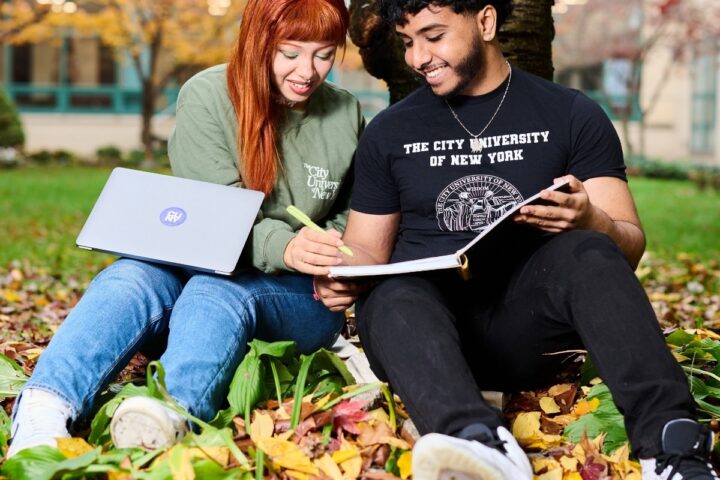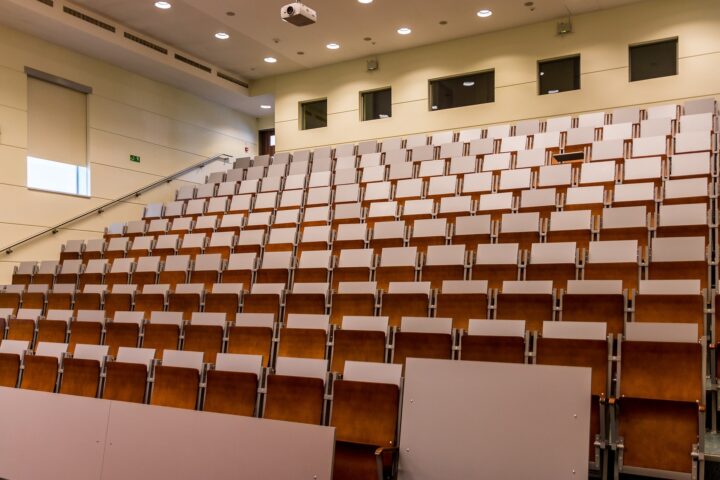In 2022, the New York Mets had one of their best seasons in franchise history, winning 101 games, and making the playoffs for the first time since 2016. Fueled by owner Steve Cohen’s offseason spending spree bringing in star players such as pitcher Max Scherzer and outfielder Starling Marte, the Mets reached the Wild Card round of the playoffs, where the San Diego Padres swiftly eliminated them.
In the offseason, several key pieces left, namely pitchers Taijuan Walker, Chris Bassitt, and Seth Lugo. Most impactful, however, was the departure of longtime ace and two-time Cy Young Award winner Jacob deGrom who signed a five-year, $185 million contract with the Texas Rangers. To try to replace these losses, the Mets went on another spending spree, signing reigning American League Cy Young winner Justin Verlander, Japanese pitching star Kodai Senga, and veteran lefthander José Quintana. On the bullpen side of things, the Mets signed righthander David Robertson and traded for lefty Brooks Raley from the Tampa Bay Rays.
Additionally, key pieces such as setup man and closer Adam Ottavino and Edwin Díaz respectively, were re-signed in addition to centerfielder Brandon Nimmo. Going into Spring Training, the Mets looked poised to be relatively stable, with most of the new additions roughly replacing the departures.
However, during Spring Training, several developments have made the Mets’ season outlook more uncertain. A lesion discovered on Quintana’s ribs has sidelined him until at least July, necessitating his replacement by fellow lefty David Peterson. In addition, aside from Peterson, the entire Mets rotation is over 30 years old, creating major injury question marks. Most impactful, however, was the torn patellar tendon suffered by star closer Edwin Díaz while celebrating team Puerto Rico’s win over the Dominican Republic in the World Baseball Classic, sidelining him for the entire season.
Outside of injury, the designated hitter position remains a major question mark for the team. At the 2022 trade deadline, the Mets traded for Daniel Vogelbach and Darin Ruf in the hopes of platooning the two of them (Vogelbach playing against right-handers and Ruf against lefties) for solid production in the aggregate. While Vogelbach played well, Ruf was miserable, batting .152 following the trade with no home runs and only seven RBIs. Coming into the spring, there was hope that Ruf could turn it around in advance of his first full season as a Met, but responded by batting .167 during the spring.
Coinciding with this, top prospects Brett Baty and Mark Vientos, both of whom made brief appearances with the major league club last year, were the team’s best hitters in the spring, and there was talk of having one of them take Ruf’s spot in the DH platoon. Ultimately, Ruf was indeed released by the Mets, but his spot was taken by speedy outfielder Tim Locastro whose speed will be a greater asset to the team given new rule changes encouraging more stolen bases.
Both Vientos and Baty were optioned to start the season with the Met’s Triple-A team, the Syracuse Mets, but both figure to be in the conversation for a call-up should injuries or underperformance become a factor. This is especially true for Baty, who may receive an opportunity to play consistently should current third baseman Eduardo Escobar, coming off of a disappointing season in 2022 and a slow spring, continue to struggle.
Overall, however, the 2023 Mets, while containing significant question marks, should be set to meet or even exceed their 2022 performance, if the rotation stays healthy and effective, and the lineup puts the ball in play like it did last year.











